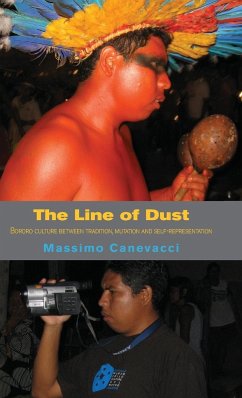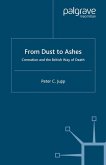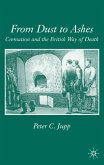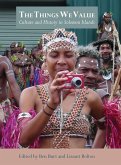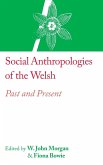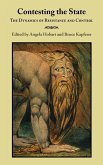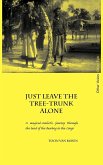In this volume Massimo Canevacci draws on ethnographic fieldworkcarried out together with Bororo of the Mato Grosso (Brazil), in particular Kleber Meritororeu, to examine the tensions, conflicts and exchanges between transformation and tradition. The practical as well as political keyword in his approach is self-representation. From this follows the incorporation of Bororo subjectivities into the text, and the focus on the emotional, philosophical and sacred aspects of their famous funeral ritual, in which their status as both performers and the interpreters is emphasized by their use of the digital camera. The book takes its name from the line of dust laid down by a mestre dos cantos (master of chants), José Carlos Kuguri, between the anthropologist and himself: both a representation of an immaterial boundary, and a syncretic challenge to understand the transfiguration from a dead individual corpse to a living ancestral skull, an arara. Canevacci's answer is an assemblage of different narratives, in which an 'astonished' methodology of sensorial concepts, emotional photos and innovative logics traverses the entire Bororo funeral. He finds there is no dualism to life and death for the Bororo, but rather a porous, continuous transit and mixing of body and corpse, of humans and animals, of plants and deities; and that their sacred cosmology is time and again created and recreated via their wailing songs and circular dances, skin scarifications and bone painting. Their rituals are no mere repetition of tradition. They are also an attempt to respond to the changes inside and outside their aldeia (village), and to reenact their shifting cultures, subjectivities and identities. Massimo Canevacci is Professor of Cultural Anthropology, Digital Arts and Culture at the University of Rome 'La Sapienza' and Visiting Professor at the Institute of Advanced Study of the University São Paulo (IEA-USP). In 1995 he received 'The National Order of the Cruzeiro do Sul' (Southern Cross) from the President of the Federal Republic of Brazil for his research.
Hinweis: Dieser Artikel kann nur an eine deutsche Lieferadresse ausgeliefert werden.
Hinweis: Dieser Artikel kann nur an eine deutsche Lieferadresse ausgeliefert werden.

